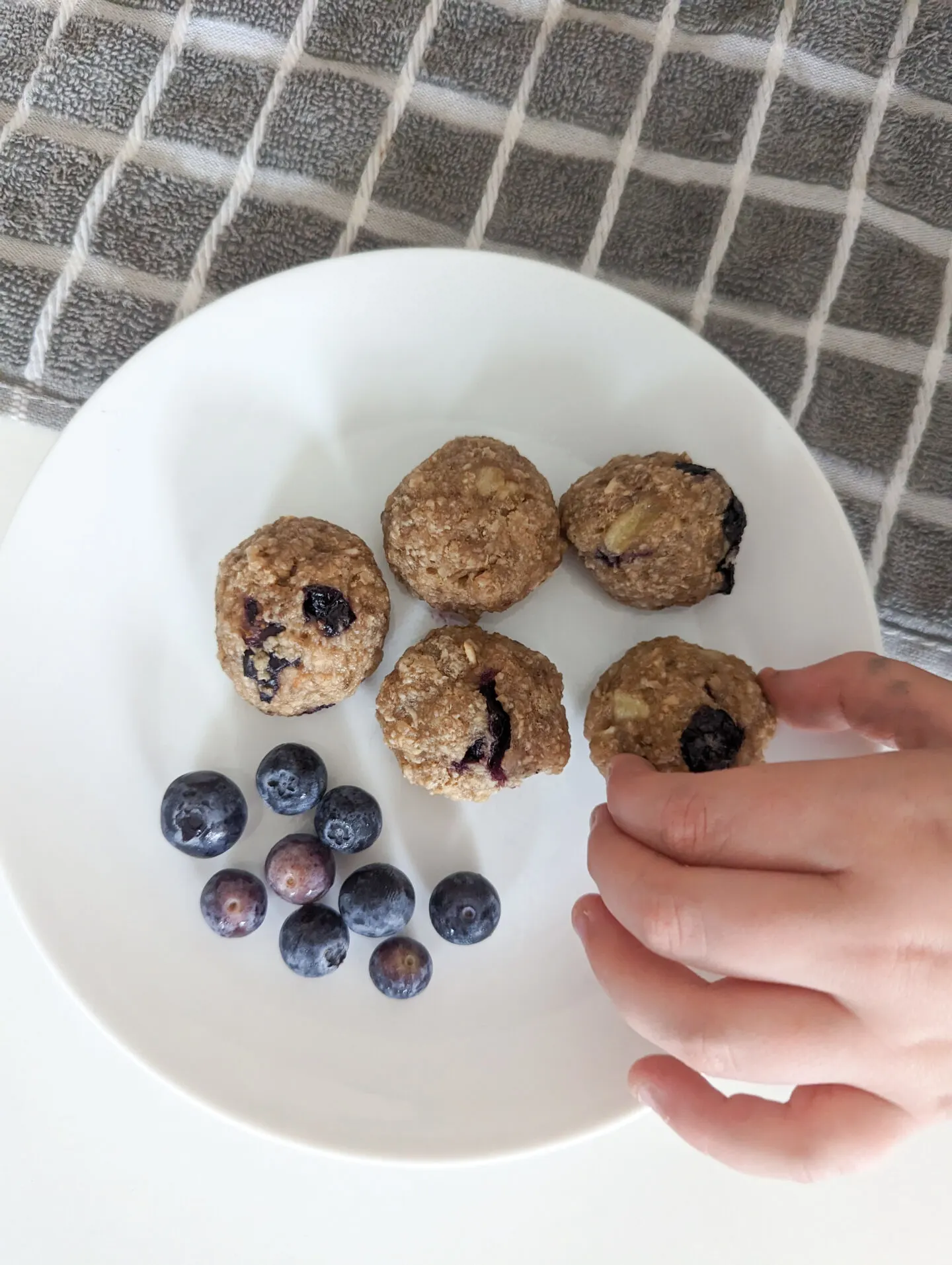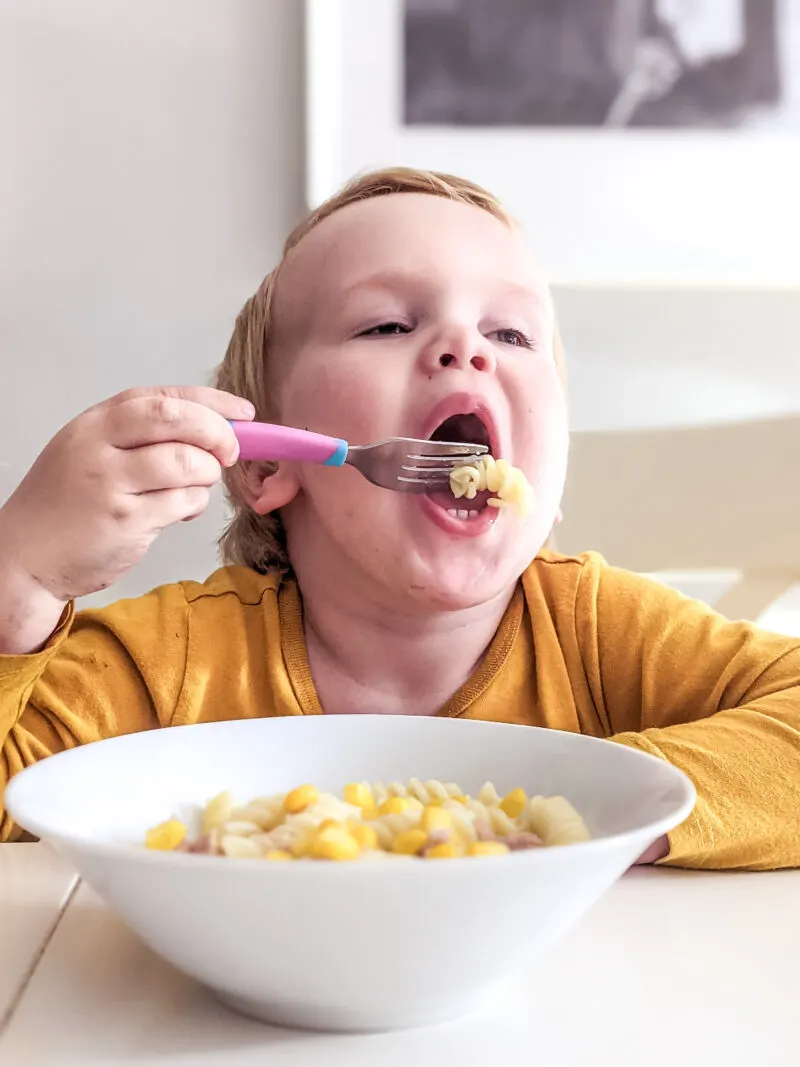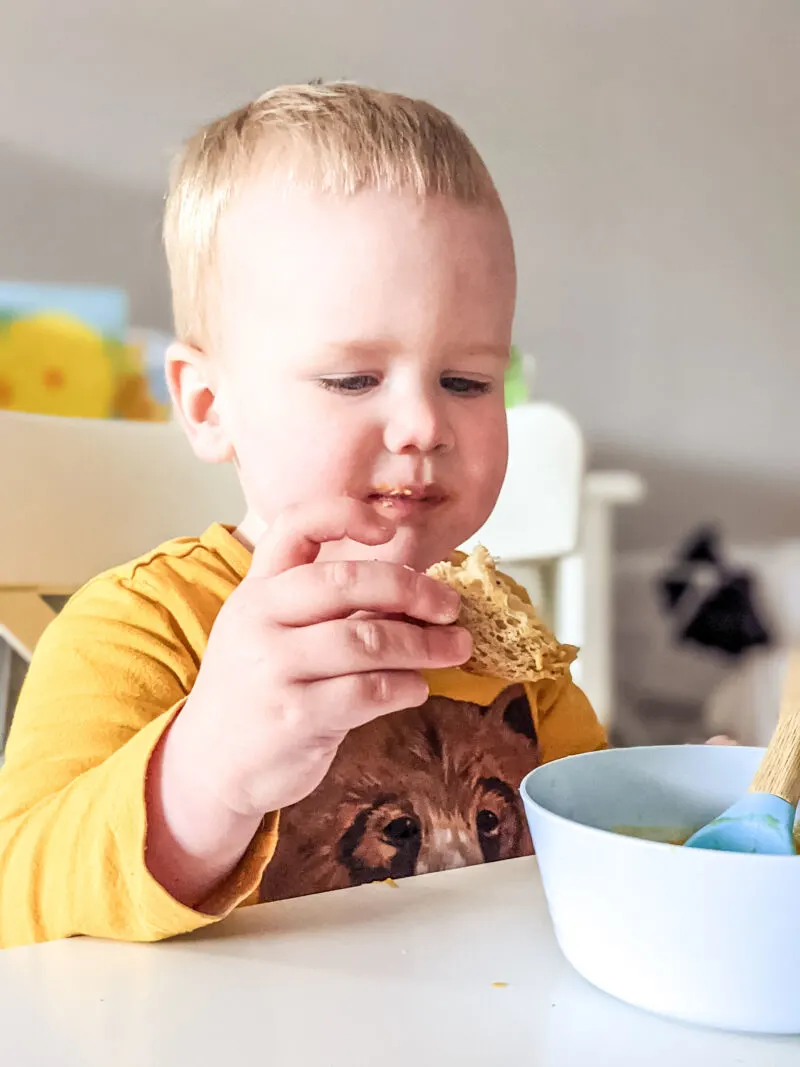Weaning is a significant developmental stage in your baby’s life. It marks the transition from a solely milk-based diet to a more varied diet that includes solid foods. It can be both a challenging and exciting time for parents and their baby. Understanding the signs that your baby is ready for weaning can significantly aid in this transition.

Understanding the Weaning Process
Weaning is a gradual and exciting process that marks a significant milestone in your baby’s growth and development. It is an opportunity to introduce your baby to new flavors, textures, and nutrients that will help them grow into healthy and happy toddlers.
As your baby approaches the four to six-month mark, you may start to notice signs that they are ready for solid foods. These signs may include sitting up with support, showing interest in food, and being able to swallow food without pushing it back out with their tongue.

What is Weaning?
Weaning is the process of transitioning your baby from a milk-only diet to a varied and balanced diet that includes solid foods. It is an essential step towards helping your baby develop healthy eating habits and getting them used to different tastes and textures.
During the weaning process, you will gradually introduce your baby to different foods, starting with purees and gradually moving on to mashed foods, finger foods, and eventually family meals. It’s important to introduce new foods one at a time and wait a few days before introducing another new food to check for any allergic reactions.
When to Start Weaning
As mentioned earlier, the World Health Organization recommends starting weaning once babies have reached six months. However, some babies may be ready earlier or later than this, and it’s essential to watch out for signs that indicate their readiness for solid foods.
It’s worth noting that while some parents may be eager to start weaning their babies earlier, it’s important to remember that breast milk or formula should remain the primary source of nutrition for the first year of life.

Different Approaches to Weaning
There are different approaches to weaning, and it’s essential to find the one that works best for you and your baby. The traditional puree weaning involves spoon-feeding your baby pureed foods, while baby-led weaning involves allowing your baby to feed themselves with finger foods.
A combination of both approaches may also work for some families, as it allows the baby to explore different textures and tastes while also getting used to spoon-feeding. Regardless of the approach you choose, it’s important to keep your baby’s safety in mind and introduce new foods gradually.
Remember, weaning is a journey, not a destination, and it’s essential to be patient and flexible. Some babies may take to solid foods quickly, while others may need more time to adjust. With time, patience, and a sense of adventure, you and your baby will navigate the weaning process successfully.

Physical Signs Your Baby is Ready for Weaning
As a parent, it can be difficult to determine when your baby is ready to start weaning. While there is no set age for when a baby should start weaning, there are specific physical signs that indicate your baby is ready to begin the process.
Ability to Sit Up Independently
If your baby can sit up without support, they may be ready to begin the weaning process. This position is ideal for introducing solid foods as they can use their hands to explore and feed themselves, promoting self-feeding skills. Sitting up also helps to prevent choking, as food is less likely to get stuck in the back of the throat.
It’s important to note that while some babies may be able to sit up as early as 4 months old, others may not be able to sit up independently until they are closer to 6 or 7 months old. Every baby is unique, so it’s important to pay attention to your baby’s individual development.

Good Head and Neck Control
Your baby needs good head and neck control to swallow food without choking. If they can hold their head upright and steady, they are likely ready for weaning. It’s important to make sure your baby’s head and neck are well-supported during feedings to prevent choking and ensure that they are comfortable.
You can help to strengthen your baby’s neck muscles by doing tummy time exercises and encouraging them to lift their head while lying on their stomach.
Loss of Tongue-Thrust Reflex
The tongue-thrust reflex occurs when babies push out their tongue when something is placed in their mouth. If your baby has lost this reflex, they are more likely ready for textured foods. This reflex helps to protect babies from choking on foreign objects, but it can also make it difficult for them to swallow solid foods.
You can test for the loss of the tongue-thrust reflex by placing a small amount of pureed food on your baby’s tongue and seeing if they push it out or swallow it.
Increased Appetite and Growth
If your baby is increasingly hungry, despite a gradual increase in milk feeds, they may be ready to start weaning. Additionally, babies who are ready for weaning show consistent weight gain and physical growth.
It’s important to remember that weaning should be a gradual process, with small amounts of solid foods introduced one at a time. This allows your baby to adjust to the new textures and flavors and helps to prevent digestive issues.
Always consult with your pediatrician before starting the weaning process to ensure that your baby is ready and to get advice on the best foods to introduce first.

Developmental Milestones Indicating Weaning Readiness
Aside from physical signs, several developmental milestones may indicate your baby is ready to begin weaning.
Weaning is an important milestone for both you and your baby. It marks the transition from exclusive breastfeeding or formula feeding to a more diverse diet that includes solid foods. But how do you know when your baby is ready to start weaning? Here are some developmental milestones to look out for:
Interest in Solid Foods
If your baby begins showing interest in solid foods and trying to grab food from your plate, it may be time to start weaning. This is a sign that they are curious about different textures and flavors and are ready to explore new tastes. You can start by offering small amounts of mashed or pureed foods, such as sweet potato or avocado, and see how your baby reacts.
Imitating Eating Behaviors
If your baby starts imitating eating behaviors, such as opening their mouth when food is offered, it might be time to start introducing solid foods. This is a sign that they are ready to learn how to eat and are interested in participating in mealtime. You can try offering small amounts of soft foods, such as banana or cooked carrot, and see how your baby responds.

Teething and Chewing
If your baby has begun teething and appears to be chewing on everything in sight, introducing mashed foods and soft chunks of food may help soothe their gums. This is a sign that they are ready to start using their teeth and exploring different textures. You can try offering soft fruits, such as ripe pear or peach, or cooked vegetables, such as steamed broccoli or cauliflower.
Improved Hand-Eye Coordination
Improved hand-eye coordination is necessary for self-feeding skills. If your baby has begun reaching for objects and bringing them to their mouth, they are ready to move onto feeding themselves. This is a sign that they are developing the motor skills needed to hold and manipulate food. You can try offering finger foods, such as small pieces of cheese or cooked pasta, and see how your baby manages.
Remember, every baby is different, and there is no one-size-fits-all approach to weaning. It’s important to follow your baby’s cues and introduce new foods gradually. Some babies may take to solid foods quickly, while others may need more time to adjust. With patience and persistence, you and your baby can navigate this exciting new phase together.

How to Introduce Solid Foods
Introducing solid foods to your baby can be an exciting and nerve-wracking experience. It’s essential to keep safety in mind, offer a variety of textures and flavors, and encourage self-feeding gradually. Here are some tips:
Starting with Purees and Soft Foods
When starting with solid foods, some people choose to begin with simple, pureed foods such as bananas, sweet potatoes, and avocados. These foods are easy to digest and gentle on your baby’s developing digestive system. Gradually introduce other soft foods such as well-cooked vegetables and fruits.
It’s important to remember that every baby is different, and some may take longer to adjust to solid foods than others. Don’t worry if your baby doesn’t take to purees right away; keep offering them, and they will eventually get the hang of it.
Baby Led Weaning
Some people will prefer to follow the baby-led weaning approach. Finger foods are soft chunks of food that your baby can pick up and feed themselves with. This is an important step in your baby’s development, as it helps them develop their fine motor skills and hand-eye coordination.
Some great finger food options include soft fruits like bananas and peaches, cooked vegetables like carrots and sweet potatoes, and small pieces of cheese or tofu. It’s essential to watch your baby carefully as they learn to chew and swallow larger pieces of food.

Offering a Variety of Textures and Flavors
Offering a wide variety of textured foods is important for your baby’s development. It helps them learn how to chew and swallow different types of food and can prevent picky eating habits down the road. Try offering soft foods, mashed foods, and chunkier foods to give your baby a range of textures to explore.
Additionally, introducing new foods gradually can help prevent fussy eating habits. Don’t be afraid to try new things with your baby, but take it slow and introduce one new food at a time.
Encouraging Self-Feeding
Gradually encouraging your baby to self-feed is an important part of their development. Allowing them to hold and explore their food independently helps them develop their fine motor skills and promotes independence.
Start by offering your baby a spoon to hold and play with while you feed them purees. As they get more comfortable with the spoon, let them dip it into the puree and feed themselves. Eventually, they will be able to hold the spoon and feed themselves independently.
Remember, self-feeding takes practice and patience. Don’t worry if your baby makes a mess or doesn’t get the hang of it right away. With time and practice, they will become confident and independent eaters.

In Conclusion
Watching your baby grow and develop can be an exciting and sometimes challenging experience. Weaning is a significant milestone, and understanding the signs that your baby is ready for this transition can make the process more manageable. Introducing solid foods should be a gradual process, with safety and nutrition in mind. Remember to offer a variety of flavors and textures, and gradually encourage self-feeding skills.
